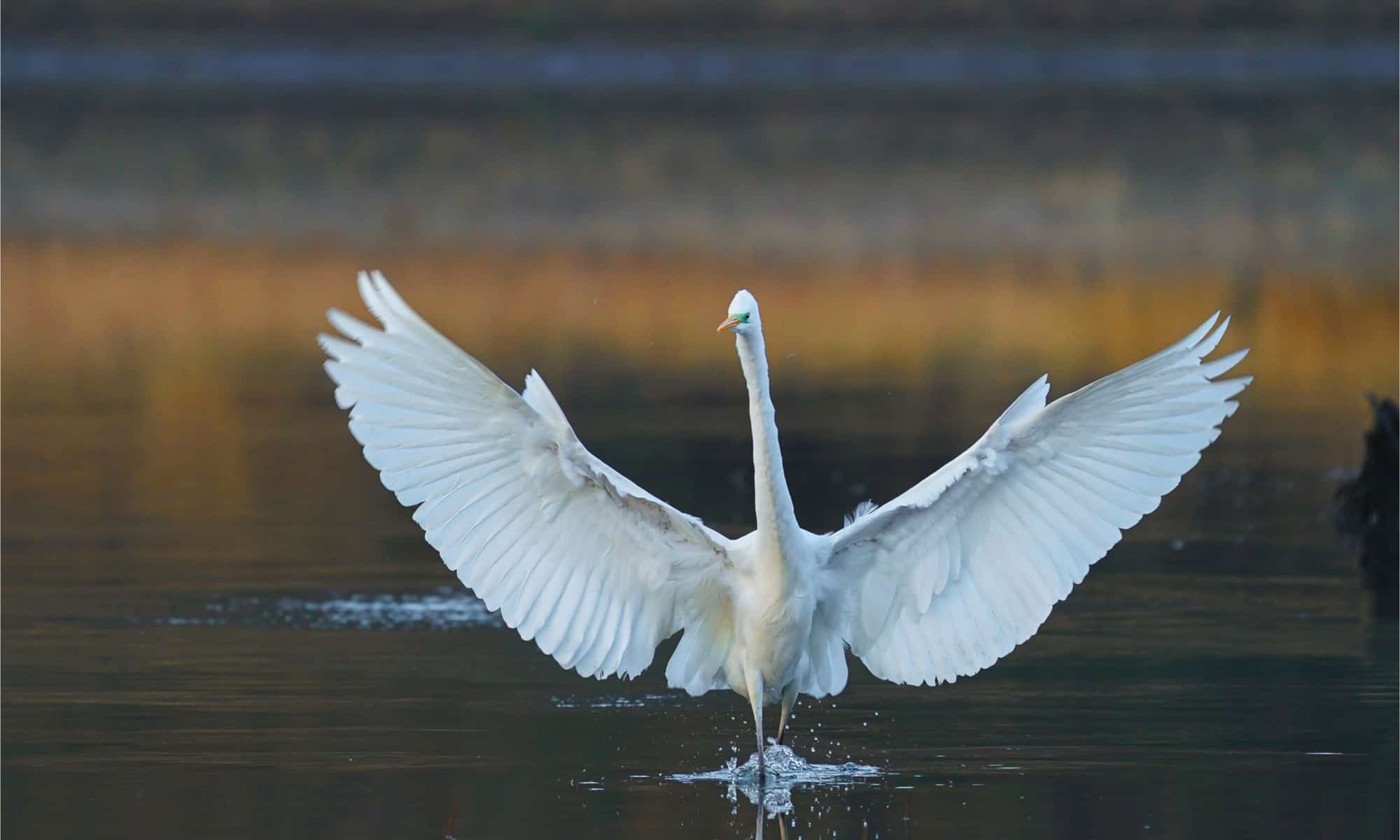Welcome to Facts Vibes! Dive into the fascinating world of the great egret with our fun facts. From their elegant appearance to their impressive hunting skills, these majestic birds are simply captivating. Let’s explore the enchanting realm of great egrets and uncover some remarkable insights about them.
The Majestic Great Egret: Fascinating Fun Facts
The Majestic Great Egret is a fascinating bird known for its stunning appearance and graceful demeanor. Here are some fun facts about this captivating creature:
1. Physical Appearance: The Great Egret is a large, slender bird with all-white plumage, a long neck, and distinctive black legs and feet. During the breeding season, it develops long plumes on its back, adding to its majestic presence.
2. Habitat: These elegant birds can be found in various wetland habitats, including marshes, swamps, and coastal areas. They are often spotted wading in shallow waters in search of fish, amphibians, and other small creatures.
3. Behavior: When hunting, the Great Egret uses its long, sharp bill to spear its prey with remarkable precision. It is also known for its graceful, slow-motion flight and precise stalking movements as it hunts for food.
4. Conservation: While the Great Egret has made a remarkable recovery since facing near-extinction due to hunting for its plumes in the late 19th century, it still faces threats related to habitat loss and human disturbance.
5. Symbolism: In many cultures, the Great Egret is revered as a symbol of grace, wisdom, and purity. Its striking appearance and elegant movements have inspired countless artists and nature enthusiasts.
The Majestic Great Egret truly lives up to its name, captivating observers with its beauty and fascinating behaviors.
Most popular facts
Great egrets are large, graceful wading birds with all-white plumage and a long, S-curved neck.
Great egrets are large, graceful wading birds with all-white plumage and a long, S-curved neck.
They can stand over three feet tall and have a wingspan of up to
They can stand over three feet tall and have a wingspan of up to…
5 feet.
A length of 5 feet.
Great egrets were nearly hunted to extinction in the late 19th century for their plumes, which were popular in the fashion industry.
Great egrets were nearly hunted to extinction in the late 19th century for their plumes, which were popular in the fashion industry.
They are carnivorous and primarily feed on fish, frogs, and small mammals.
They are carnivorous and primarily feed on fish, frogs, and small mammals.
These birds are skilled hunters, using their sharp beaks to spear prey in shallow water.
The birds are skilled hunters, using their sharp beaks to spear prey in shallow water.
During breeding season, great egrets develop elegant lacy plumes on their back, head, and chest.
Great egrets develop elegant lacy plumes on their back, head, and chest during breeding season.
They are known for their elaborate courtship displays, which involve fluffing their plumes and performing aerial acrobatics.
Male birds are known for their elaborate courtship displays, which involve fluffing their plumes and performing aerial acrobatics.
Great egrets often nest in colonies, building their stick nests high in trees near bodies of water.
Great egrets often nest in colonies, building their stick nests high in trees near bodies of water.
Both parents take turns incubating the eggs and feeding the young.
Both parents take turns incubating the eggs and feeding the young.
Great egrets have a raucous, croaking call that they use to communicate with each other.
Great egrets use a raucous, croaking call to communicate with each other.
These birds are found in wetland habitats such as marshes, swamps, and coastal lagoons.
These birds are found in wetland habitats such as marshes, swamps, and coastal lagoons.
Great egrets are skilled fliers and migrate significant distances between breeding and wintering grounds.
Great egrets are skilled fliers and migrate significant distances between breeding and wintering grounds.
They are found on every continent except Antarctica.
They are found on every continent except Antarctica.
Great egrets are considered a symbol of conservation success, as their populations have rebounded since protection efforts were put in place.
Great egrets are considered a symbol of conservation success, as their populations have rebounded since protection efforts were put in place.
They are a popular subject for birdwatchers and photographers due to their striking appearance and graceful movements.
The subjects of interest for birdwatchers and photographers due to their striking appearance and graceful movements are herons.
In conclusion, the great egret is truly a fascinating bird with remarkable capabilities and an important role in the ecosystem. Its striking appearance, impressive hunting skills, and unique nesting behaviors make it a captivating subject for wildlife enthusiasts and conservationists alike. Understanding and appreciating these fun facts about the great egret can foster a deeper connection to the natural world and inspire efforts to protect these magnificent creatures.
